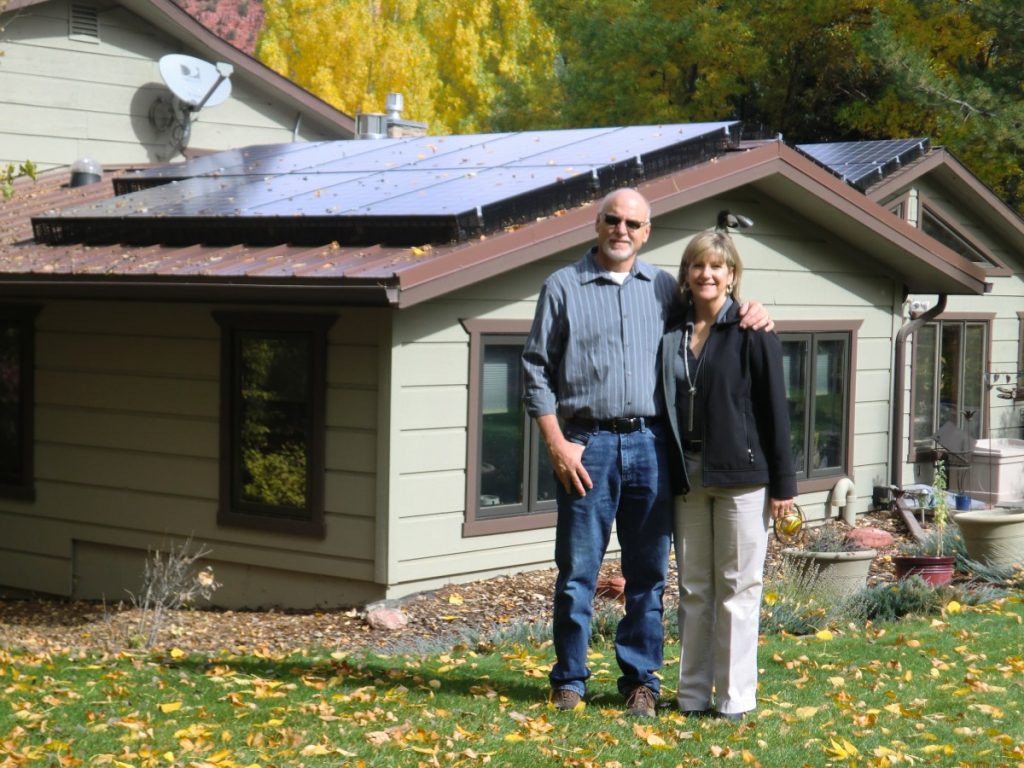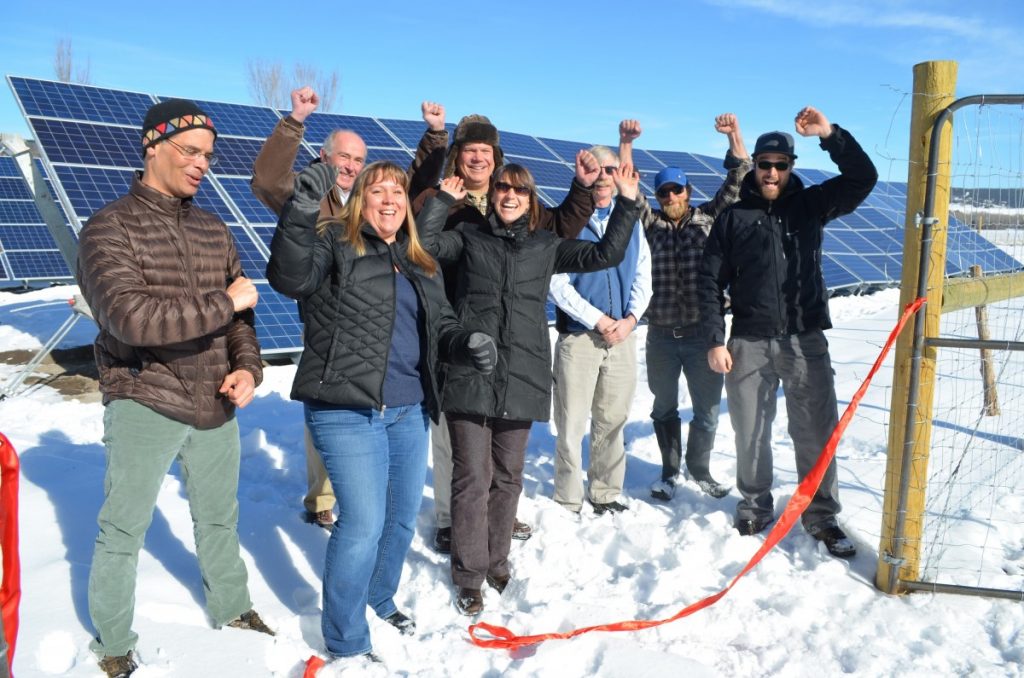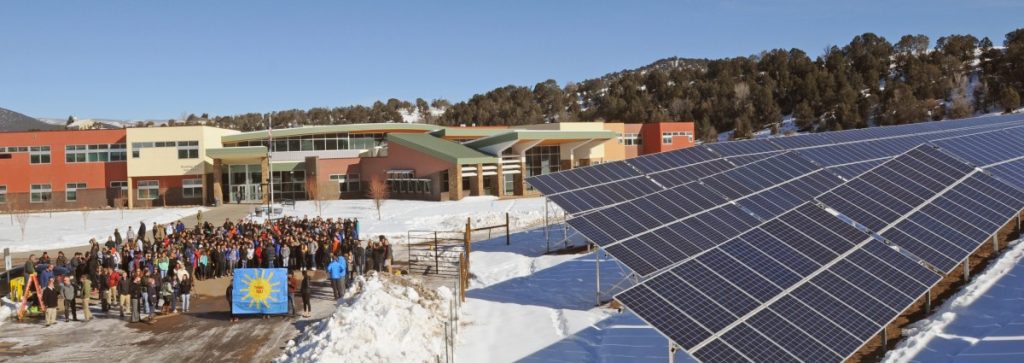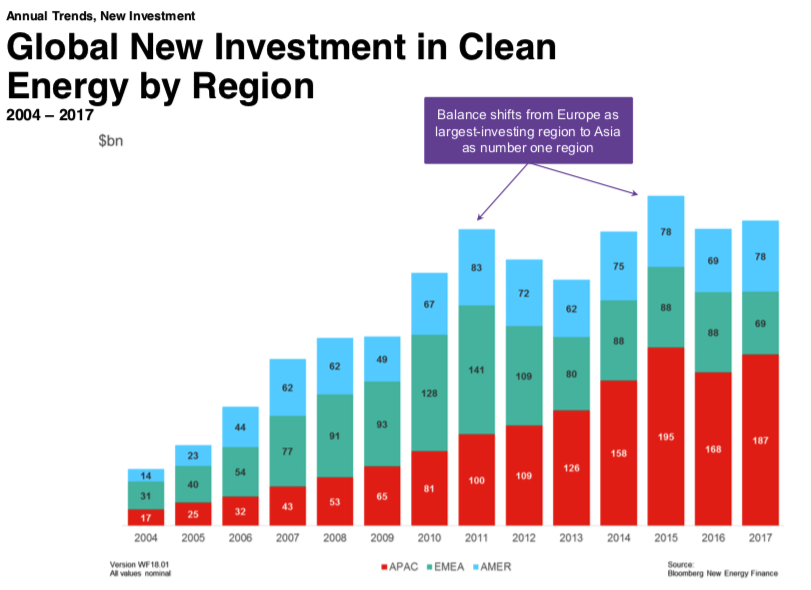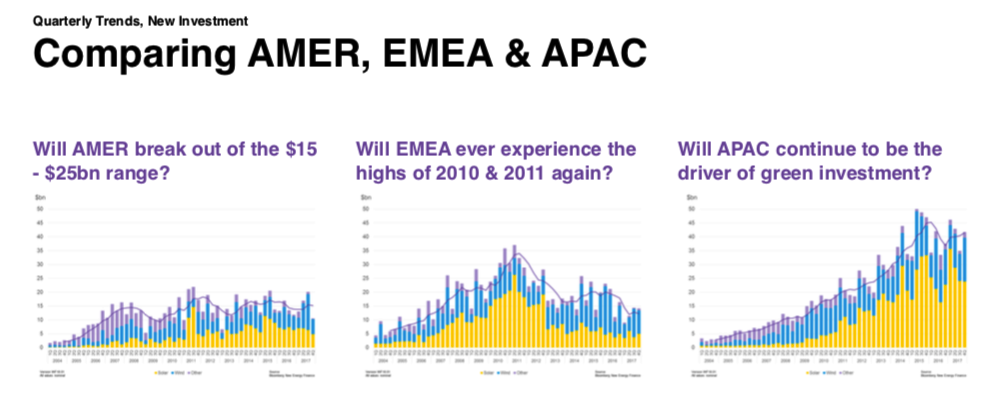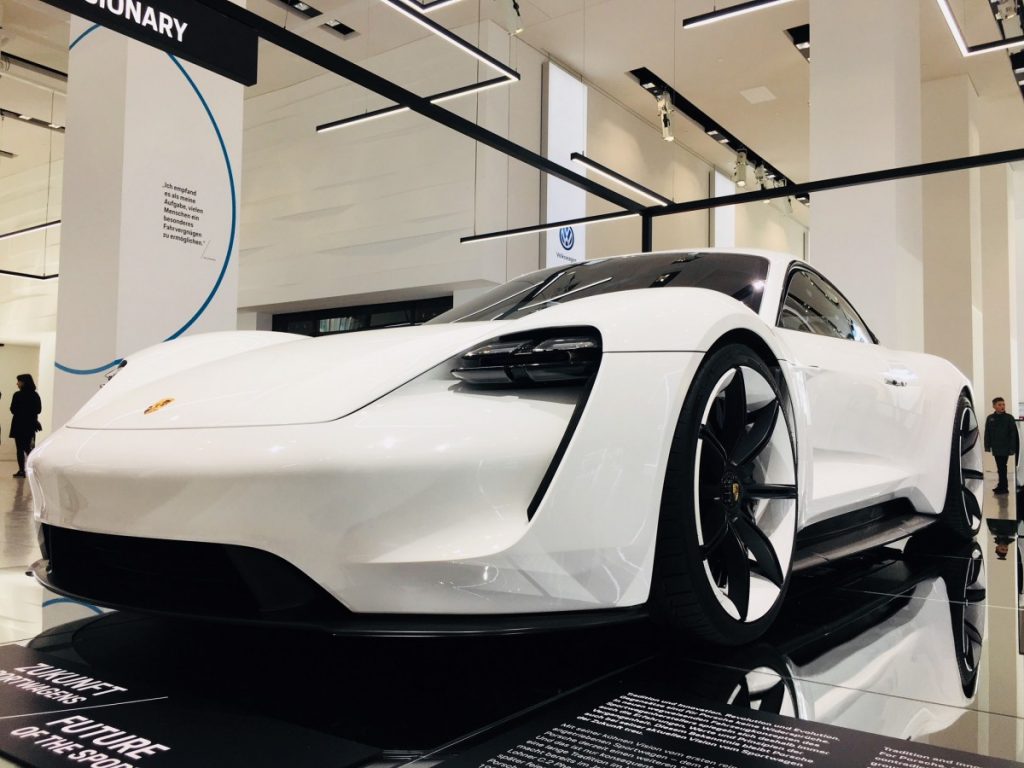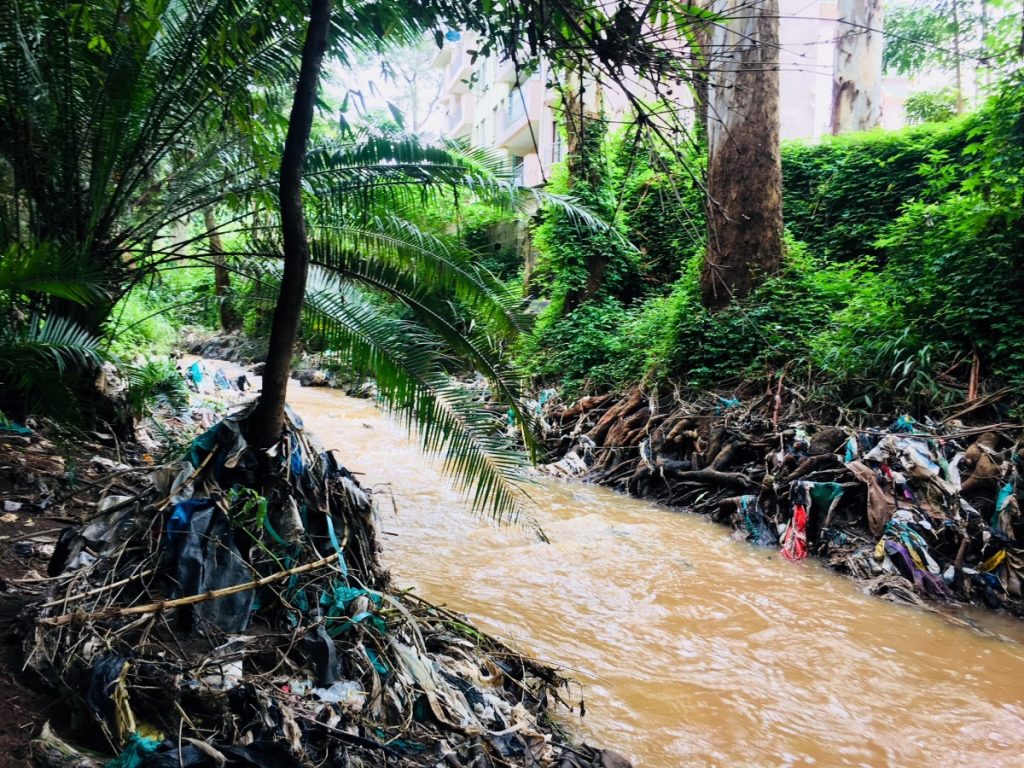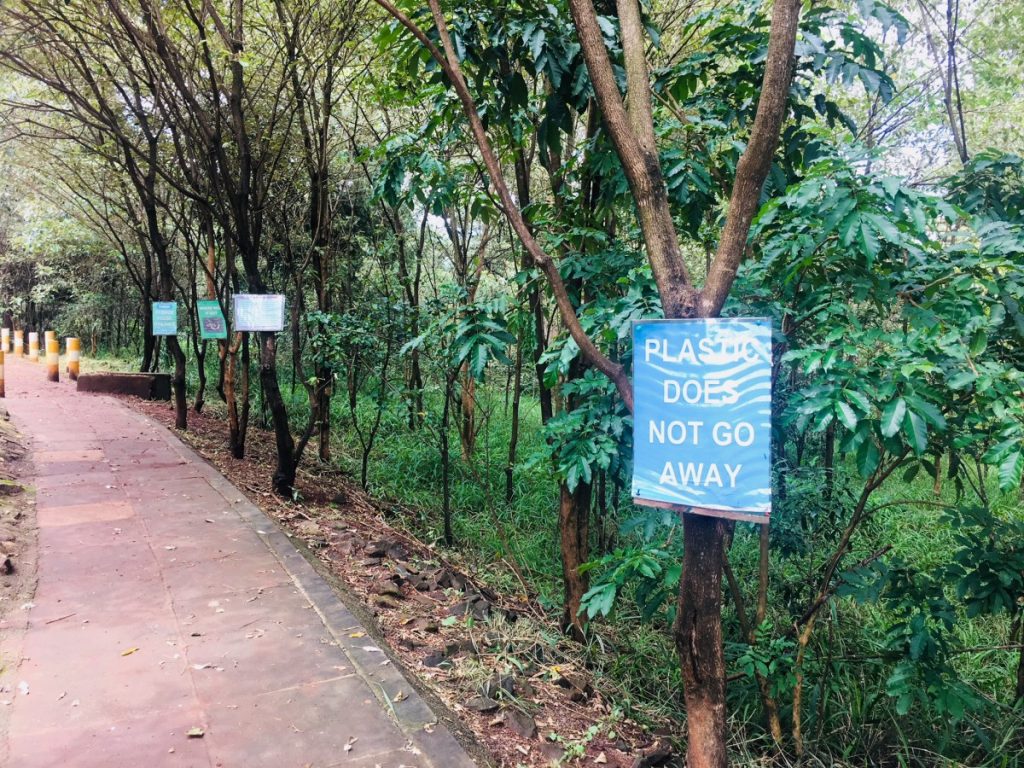Can you talk a little bit about what Swoop is, the service you provide and what makes you different?
Swoop is an online marketplace for group transportation. Think airbnb, but instead of getting accommodation, you get a group vehicle (limo, party bus, charter bus) with a professional driver. So next time you and your friends or colleagues are headed out to go wine tasting, dinner or a wedding, use Swoop to get you there.
What makes us different is the technology- we’re a startup and are changing the way this outdated industry works. This means no more phone calls, price comparisons, and uncertainty in the process. Right now if you book a party bus for a formal, there is no guarantee that the car will show up, that you will get the car that you booked, and that there won’t be any fees after the trip is over. We got rid of all that noise, added a lot of technology and make it easy for anyone in the US to book group travel.
What made you decide to found Swoop in the first place?
Our CEO Amir has been in this industry pretty much all his life, given his parents owned a limo/party bus company. And then around 3 years ago, he realized how outdated and insane some of the practices in this industry are. He spent some time with some of his friends, who are still with Swoop today to put together an MVP and the traction spoke for itself. There was a clearly an opportunity to revolutionize this space and Swoop was born.
It’s important to note that the vehicle utilization for these vehicles is only 5%, meaning they are just collecting dust 95% of the time. Our vision is to increase the utilization of these limos, buses and party buses and get cars off the street by having people go together, rather than in separate cars. Especially relevant here in Los Angeles, where Swoop started.
You guys are building a successful start-up based in California – where the heart of the action is. Do you have any advice for future entrepreneurs?
Let me preface this answer by saying that we are far from our vision and are still learning daily. But I think in order to be great at running your company you should be able understand the vision and strategy at a high-level and at the same be able to go really deep into the weeds and the operations. My day often consists of investor meetings in the morning, and then decals and sticking the on the car in the afternoon- there is something strangely rewarding about building a company though that makes it worth it.
This blog looks at what’s coming in the future – when you look ahead at transportation in 2030, how do you see people traveling from point A to point B?
At a high level our play is to continue to the marketplace and platform that hosts all types of group transportation vehicles, and make sure we have the types that customers request. If autonomous vehicles and electric vehicles are part of that, you can bet they will be on Swoop. I think the key shift we will see is convenience- in 10 years people will laugh about group transportation was booked in 2019 and we are confident that we will be at the forefront of that.
What we are also seeing is that the new generation spend more on experiences than they do on physical things. Swoop is already enhancing experiences, by allowing you to start them to start at your door. Imagine going to a Beyonce concert, in party bus that’s playing beyonce on the screens, has the same drinks as the concert destination and was included in your concert ticket price- that is something that is already possible today, and we’re excited to bake AR/VR into this experience.
With more electric vehicles on the road, how is Swoop thinking about this?
There are not many electric buses yet. We would welcome them on the marketplace and I am sure our customers as well
One of my favorite classes during my studies was Climate Change, so at heart I am beyond excited about a world without gas stations. It’s also exciting that that this is already happening in the consumer space, and we feel like group vehicles have some catching up to do. As previously mentioned Swoop would love to host these vehicles on the platform, so your next sprinter van or charter bus is fully electric.
You recently decided to make all of your rides carbon neutral (with my company Carby Box – full disclosure!) – can you talk about why you made that decision and what sustainability means to you as a company?
As I alluded to earlier, I am a huge proponent of a world where we use fewer resources. We feel immense responsibility for the impact that Swoop will have on our planet. As we grow and continue to transport tens of thousands of people, we need to make sure our planet is unharmed by our impact. Carby Box has been the best partner possible in this process, and as Swoop is looking to take a step in the right direction. Swoop has gone green, and I hope others in the space will do so to.
Check Out Swoop at: https://swoopapp.com/


